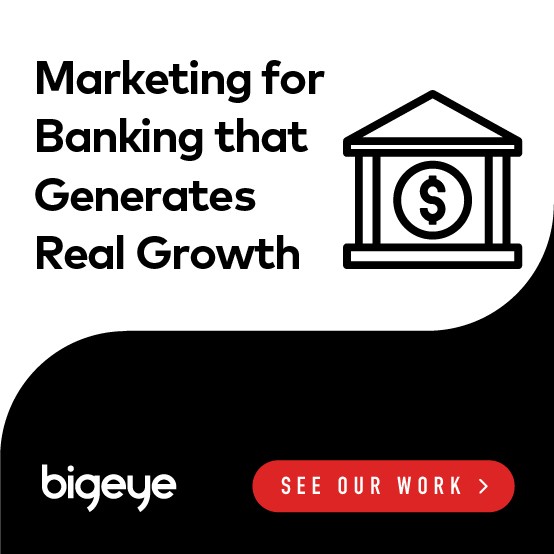
Living in a digital age, we are privy to the technological shifts that are occurring on an everyday basis. Almost everything we do requires some assistance from high-powered technology, including handling our finances. The days of the brick-and-mortar bank location seem to be numbered, with many banking locations shutting down in favor of investing more resources to reach people digitally.
From a financial perspective, it makes sense. After all, it’s far more efficient to have your clientele handle all their banking needs online, eliminating the need for tellers and associates who are expensive to hire and retain. And, it’s much more convenient for your customer to obtain all of the services she needs through a few swipes on a smartphone app, rather than having to visit a bank each time she wants to know her account balance. With these factors in mind, the shift toward digital is a win-win for both banks and their customers.
It’s impossible to say whether digitization will ever eliminate the need for brick-and-mortar banks completely, but there are some financial services institutions “banking” on this trend. There are dozens of online-only banks, which operate entirely in the digital realm. Many of them offer exactly the same features as traditional brick-and-mortar banks, with the only exception being that there’s no physical location to visit to obtain information and make deposits.
For instance, Ally boasts that it too, has no brick-and-mortar locations, which means less bank overhead and fewer staff to pay – and even going so far as to pay customers’ ATM fees to remain competitive. Moven also embraces the idea of online-only banking, but supplements it with budgeting tools similar to those that Mint offers. And, according to The Business Journals, BankMobile aspires to become a mobile-only bank, allowing users to do anything via their smartphone device that they could do in person, including applying for a loan or mortgage.
It’s no surprise that banks are embracing this technology, given a recent Pew Internet report that says [quote]51% of all American adults bank online[/quote] 51% of all American adults bank online. And, according to the same article, 32% of all U.S. adults (or 35% of all cell phone owners) bank using their mobile phones. As smartphone use becomes even more widespread, it’s likely that this number will continue to increase, especially as long as banks continue to make an effort to phase out dated technologies.
[featured]
Need help digitizing your business? Let BIGEYE create and monitor your website and mobile apps. Contact us today, and we will share our recommendations to set up your business for success!
[/featured]
So, what’s the takeaway from all of this? Banks need careful monitoring their customers’ digital activities so that they do not fall behind the times in terms of service offerings. A bank that’s just now launching a responsive website, an easy-to-use app for both iOS and Andriod, and a mobile check deposit feature is simply playing catch-up, which becomes a real weakness on the competitive landscape. Also, bank marketers who don’t seriously consider that the future of banking will likely require a mobile-first strategy and the potential eradication of physical credit cards and debit cards need to understand how rapidly technology is changing the way we do our banking.
Using this information, banks can work with their development teams to introduce technical strategies to be better equipped to customers’ needs, both online and offline. Doing so may also result in identifying supplementary marketing strategies to specifically target customers on their phones and computers, or that introduce user-friendly budgeting tools to effectively reach their clients, thus increasing the number of consumer touch points.
If you have more questions as to how to best create and develop a digital strategy for your bank or financial services business, contact the team at our Orlando marketing agency to schedule a consultation.



